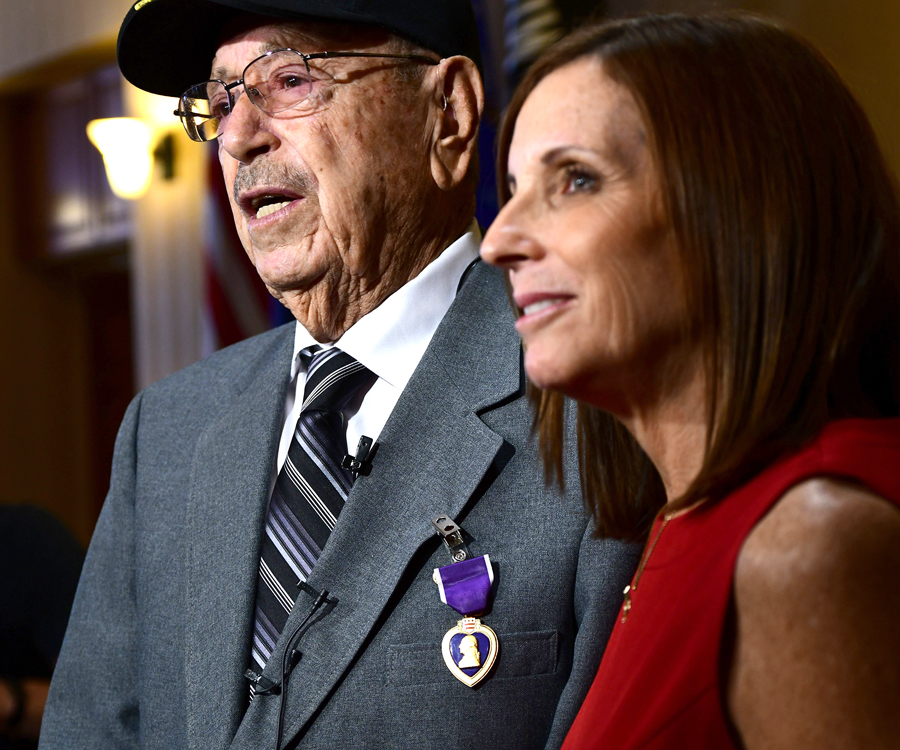To help mark the release of the latest Purple Heart Medal stamp, here are some facts about the oldest military decoration in the world in present use.
1. The Purple Heart medal was created by George Washington. In 1782, Washington, who was then commander in chief of the Continental Army, created the Badge of Military Merit, which is the Purple Heart’s predecessor. He designed it in the form of a cloth purple heart, to be given to soldiers who had displayed “unusual gallantry in battle” and “extraordinary fidelity and essential service.”
2. The first recipient was Sgt. William Brown, a Continental Army solider. The Badge of Military Merit, as the award was called back then, was bestowed on Brown in 1783 for his service during the Battle of Yorktown.
3. Gen. Douglas MacArthur revived and redesigned the Purple Heart in 1932. The Badge of Military Merit had not been awarded since the Revolution, so MacArthur worked to reinstate it as the Purple Heart medal to mark Washington’s 200th birthday. The new medal was created as a combat decoration for commendable action as well as for soldiers who were wounded or killed in combat. In 1944, the Purple Heart became a decoration only for those wounded or killed in enemy action.
4. John F. Kennedy is the only president to have had a Purple Heart. Kennedy, a lieutenant in the U.S. Navy during World War II, injured his back when his patrol torpedo boat collided with a Japanese destroyer near the Solomon Islands in the Pacific in 1943.
5. Vietnam War veteran Curry T. Haynes Jr. received a record 10 Purple Hearts. Haynes, who served in the U.S. Army, was wounded during an attack in 1967, which led to his first Purple Heart. The other nine were awarded for the wounds he received during an attack in 1968. Haynes died in 2017 from cancer.
